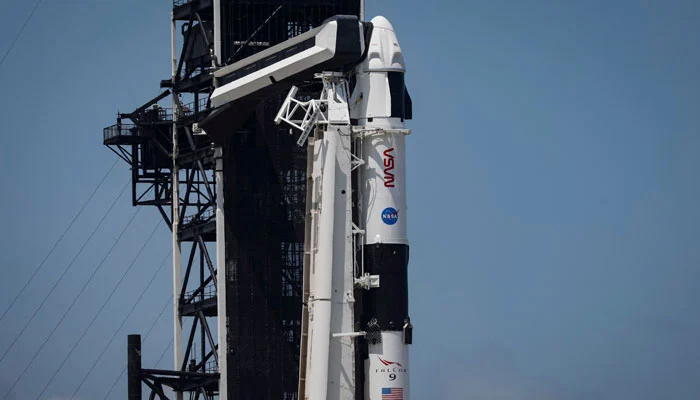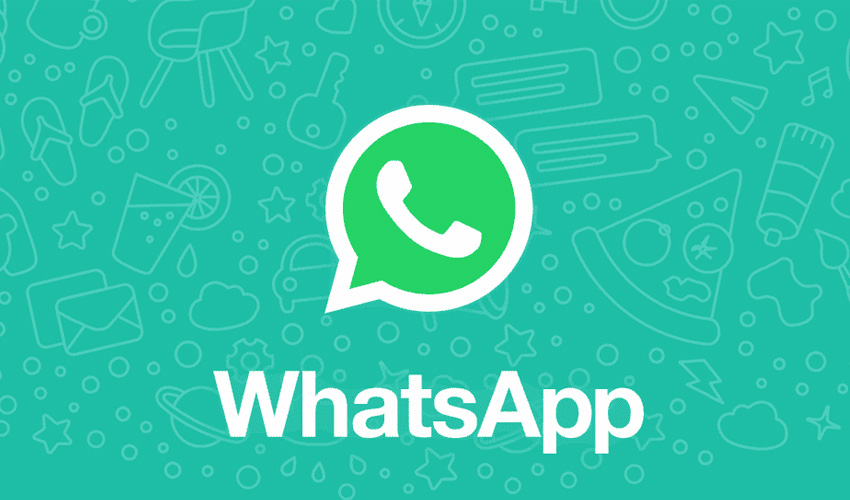Tech
Nasa, SpaceX postpone latest mission to International Space Station

Latest News
Tessori promises to teach 50,000 children IT courses.
Latest News
Cybersecurity firm reports exposure of sensitive DeepSeek data on the internet.
Latest News
WhatsApp launches bulk channel management functionality
-

 Latest News3 days ago
Latest News3 days agoUnder the auspices of Ombudsman Punjab, an awareness seminar was held at the Government Mc High School in Nakana Sahib.
-

 Latest News3 days ago
Latest News3 days agoRoad Extension Project: Bugti Launches Quetta Road Extension Project
-

 Latest News3 days ago
Latest News3 days agoPRBC Delegation Calls PM Shehbaz: PM Directs Committee Formation to Address Retailers’ Concerns
-

 Latest News3 days ago
Latest News3 days agoMandi Bahauddin District Jail: MNA Launches Improvement Initiatives at Jail
-

 Latest News3 days ago
Latest News3 days agoEnhancing Pakistan-Bahrain Collaboration: Tarar Highlights Fortifying Media Connections Between Pakistan and Bahrain
-

 Latest News3 days ago
Latest News3 days agoSindh Canal System: $120 million project launched by the provincial government with WB support
-

 Latest News3 days ago
Latest News3 days agoBarrister Saif: Imran will never be involved in any deal like Nawaz
-

 Latest News3 days ago
Latest News3 days agoSenate Session: Rana Tanveer: Government Is Not Closing Utility Stores






















